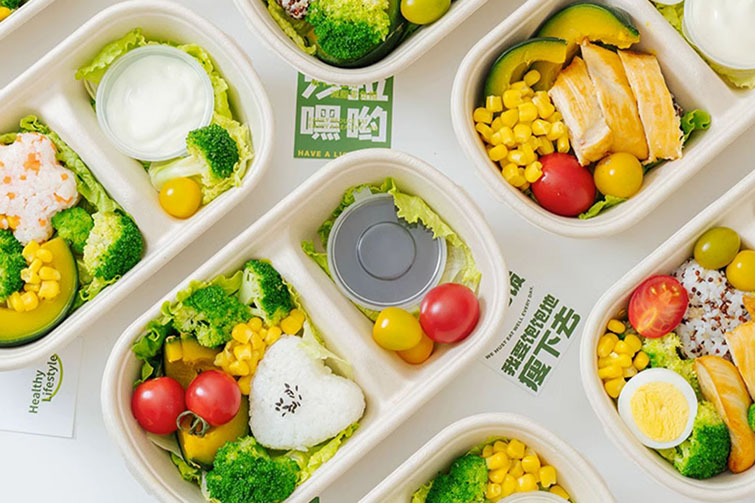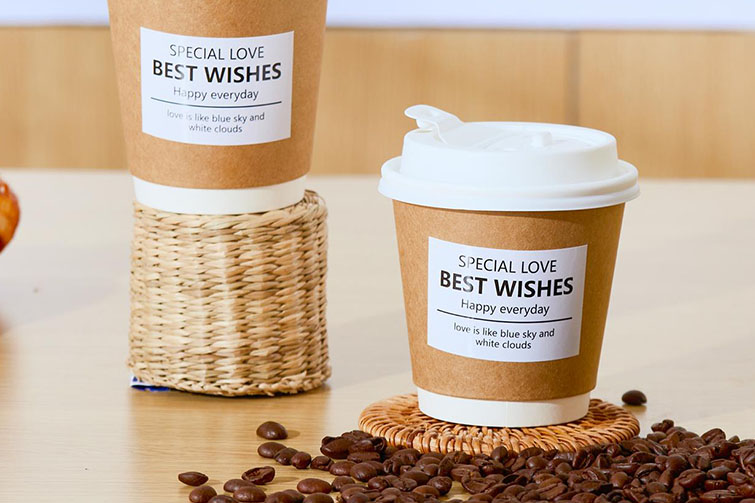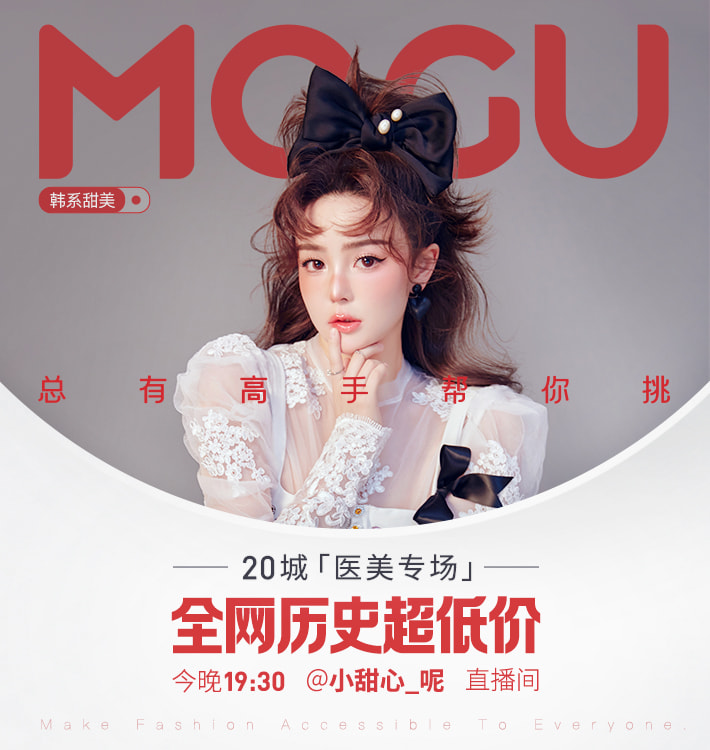

Paper vs. Plastic: Choosing the Right Material for Your Custom Coffee Cups
Custom printed coffee cups are more than just containers; they are mobile billboards, a touchpoint of your brand experience, and a statement of your values. The choice between paper and plastic is one of the most fundamental decisions you'll make. Each material has distinct advantages, and the best choice depends on your brand identity, operational needs, and environmental stance.
Let's break down the key considerations.
Paper Cups: The Classic Choice
Paper cups are the industry standard for hot beverages and are often perceived as more natural and traditional.
Advantages:
- Heat Insulation: The number one reason to choose paper for hot coffee. Double-walled (or insulated) paper cups are excellent at keeping drinks hot while protecting hands from burning. They are far superior to thin plastic in this regard.
- Brand Perception & Quality Feel: A high-quality, matte-finish paper cup with a sleek sleeve often conveys a sense of artisanal quality, warmth, and premiumness. It's the go-to for specialty coffee shops.
- Customization Potential: Paper offers a fantastic canvas for branding. You can use a wide range of printing techniques, from simple logos to full-color vibrant designs, embossing, or even spot UV coating for a premium effect.
- Compostability (with caution): Many paper cups are now lined with a bioplastic (like PLA) made from corn starch, making them commercially compostable. This is a major selling point for eco-conscious brands and consumers.
Disadvantages:
- Not Always "Green": Traditional paper cups are lined with polyethylene (PE) to make them waterproof. This plastic lining makes them very difficult to recycle in most municipal systems and prevents them from being compostable. You must specifically source compostable PLA-lined cups and ensure your customers have access to industrial composting facilities.
- Durability Issues: If they get wet, they lose structural integrity. They can also become soggy over time if a drink is left sitting for too long.
Plastic Cups: The Modern & Durable Option
Plastic cups, typically made from Polypropylene (PP #5) or PET (#1), offer a different set of benefits, making them ideal for iced beverages and certain brand aesthetics.
Advantages:
- Clarity & Presentation: Clear plastic cups are perfect for iced coffee, lattes, and specialty drinks where you want to showcase the beautiful layers and colors of the beverage. The visual appeal is a powerful marketing tool.
- Durability & Leak Resistance: Plastic cups are inherently strong and waterproof. They are less likely to buckle, tear, or leak, making them a reliable choice for busy cafes and takeaway service.
- Recyclability: Polypropylene (PP) is widely recyclable in many regions. A clear, mono-material plastic cup is often easier for consumers to correctly dispose of in a recycling bin than a plastic-lined paper cup.
- Modern Aesthetic: A sleek, frosted, or clear plastic cup can convey a modern, clean, and innovative brand image.
Disadvantages:
- Poor Insulation for Hot Drinks: Standard plastic cups are not suitable for hot liquids. While double-walled PP cups exist, they are less common and effective than their paper counterparts. Hot drinks often require an additional sleeve, adding cost and waste.
- Environmental Perception: Despite being recyclable, plastic faces a significant public perception problem. Many consumers actively avoid it due to concerns about plastic pollution, even if the specific cup is recyclable.
- "Cheap" Connotation: If not chosen carefully, a thin plastic cup can feel inexpensive and lower quality compared to a sturdy paper cup.


